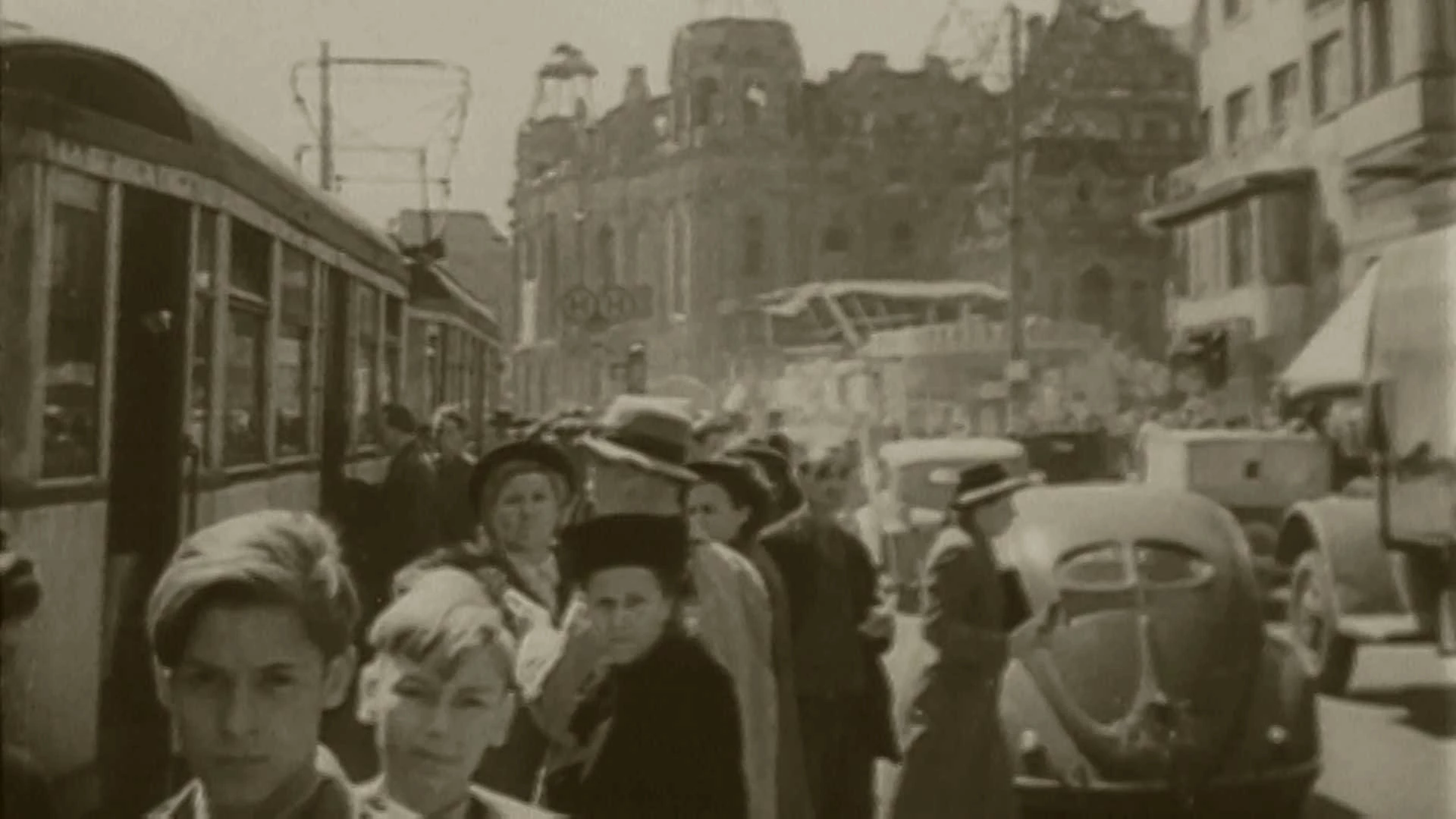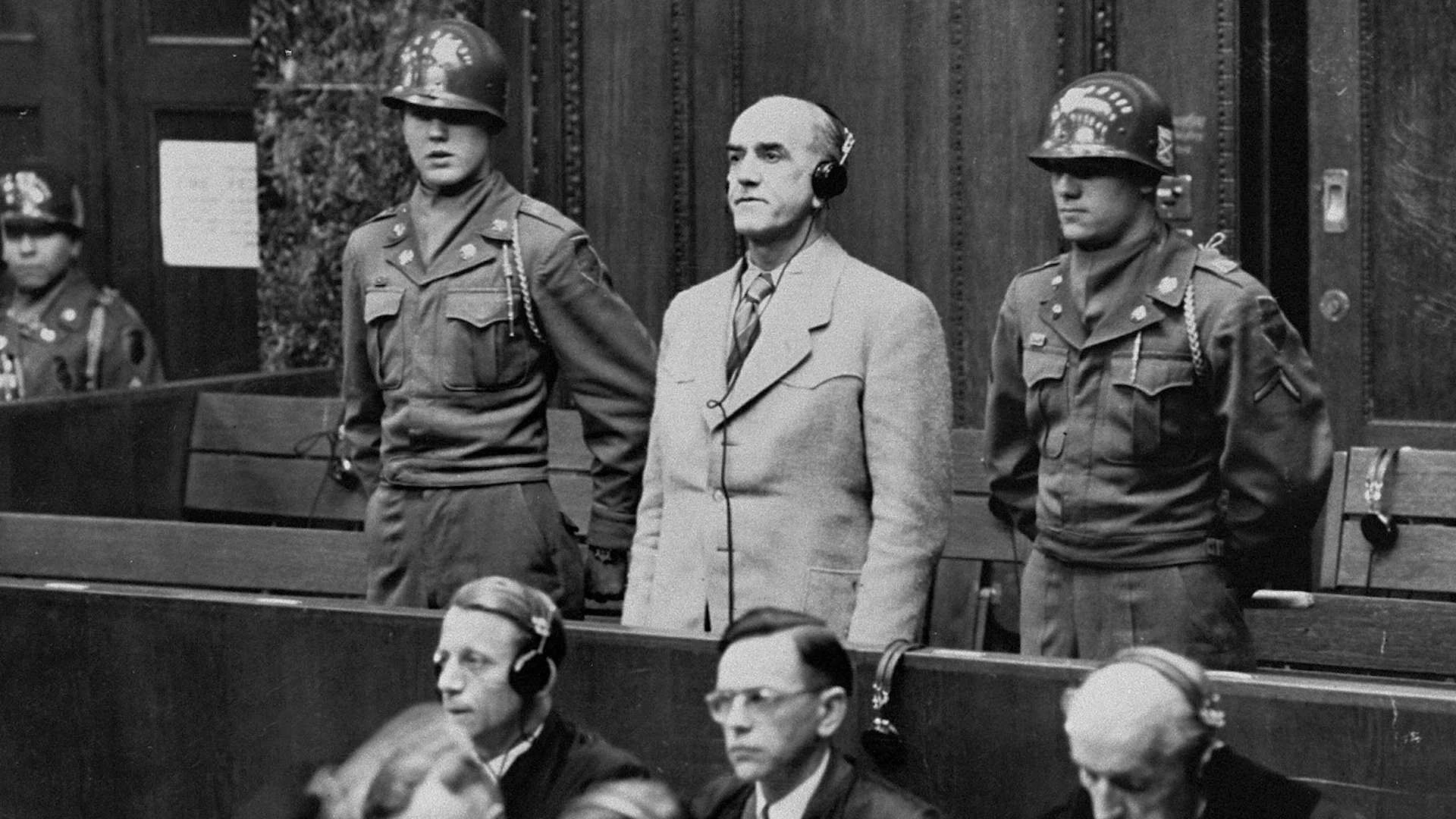20. Jahrhundert: 1945 bis heute | Geteiltes Deutschland 1949-1969
The GDR: Politics and Economy
Step by step, the people of the GDR are brought onto a socialist course. Walter Ulbricht, the state’s most powerful man, moulds the country according to the Soviet model: a centrally planned economy, party purges, and tightening of the political criminal law. But the supply situation is bad and there is great dissatisfaction among the population. On June 17, 1953, a strike by Berlin construction workers against the hard labour conditions turns into a nationwide uprising, demanding democracy and freedom. But the Soviet army bloodily puts down the protests while the West stands back – even when the GDR government erects a wall in 1961. By then, more than two million people have already left the GDR. Now, any attempt to escape may mean death. | In this film version, German interviews and historical or literary quotes remain untranslated.
mehr
weniger
East, eastern bloc states, SED regime, SED dictatorship, Walter Ulbricht, militarization, National People’s Army, Warsaw Pact, supply shortfalls, food rationing, planned economy, heavy industry, Soviets, Soviet Union, Russia, communists, communism, Berlin, Construstion workers, Stalinallee, strike, protest, uprising, state leadership, East-West border, East Berlin, West Berlin, ideology, socialism, escape wave, refugees, repression, propaganda, agriculture, state-owned cooperatives, farmers, antifascist protective wall, orders to fire, Peter Fechter, GDR community, economic policy, industry, plastics and elastics, workers’ and farmers’ state
Geeignet für die Fächer:
Geschichte
Empfehlung der Medienbegutachtung Baden-Württemberg für den Geschichtsunterricht


